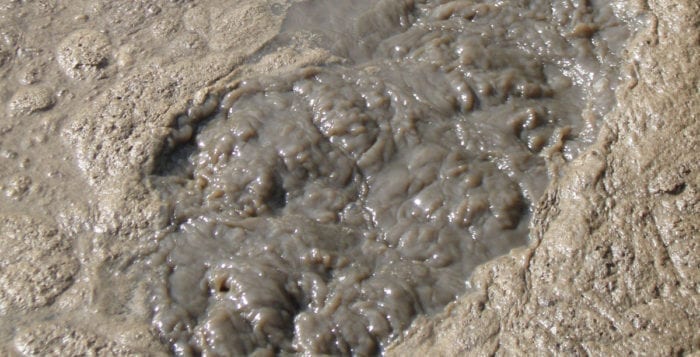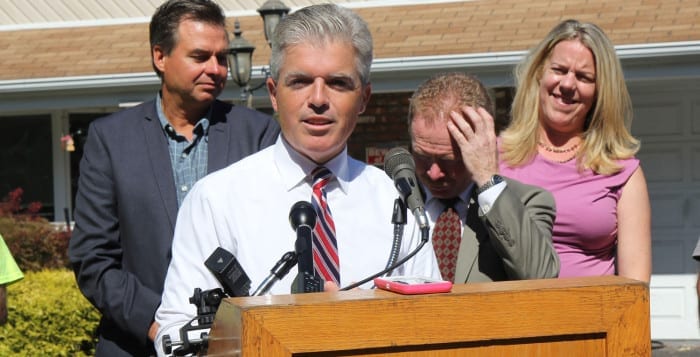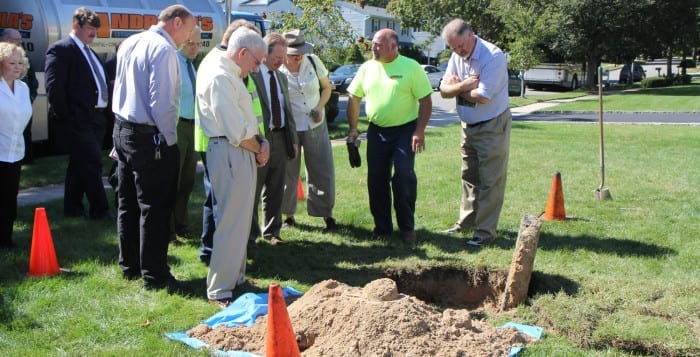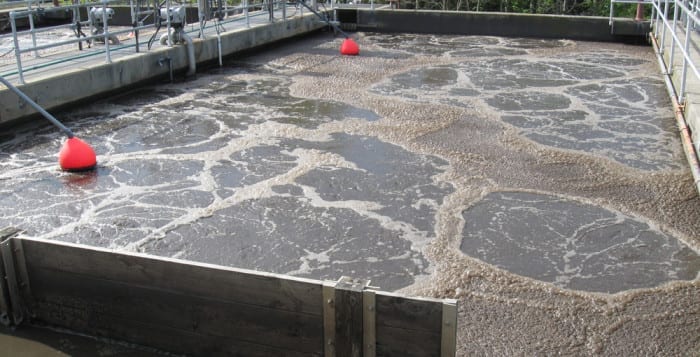The Kings Park revitalization effort received inspiring news this week, as New York Gov. Andrew Cuomo (D) announced his intention to invest $40 million to build sewers in Smithtown and Kings Park.
“These major, transformative investments in Long Island’s core infrastructure invest in the future resiliency and strength of the region,” Cuomo said. “Vital water infrastructure projects will support environmental sustainability and bolster economic growth. With these projects, we equip Long Island with the tools and resources to drive commercial activity, create jobs and build a stronger Long Island for generations to come.”
Sean Lehman, president of the Kings Park Civic Association, said before the governor’s announcement that revitalization of the Kings Park downtown seemed impossible without enough money to build a sewer system there.
“Any movement depends on [Kings Park] getting sewer money,” Lehman said in a phone interview. “Everything hinges on it.” Lehman estimated the hamlet would need “between $16 and $20 million just to bring sewage to the business district in Kings Park.”
Kings Park Civic Association Vice President Linda Henninger said this money marks a new chapter of the revitalization effort.
“This is really the beginning of not only revitalization of our hamlet, which holds so much potential, but we shouldn’t forget the positive impact it will have on the environment,” she said in an email. “Sewering is not only important for economic reasons, but also environmental. We’re very happy and look forward to rolling up our sleeves and continue to work hard for and with the community.”
Supervisor Pat Vecchio (R) agreed hearing of the possibility of receiving funds is a step toward bettering the Kings Park and Smithtown communities.
“It’s a great thing,” he said in a phone interview. “I’ve been asking the county for the last three years for sewers in Kings Park and Smithtown.”
At a recent civic association meeting, the group was also enthused by news that Suffolk County put forward an economic stimulus package including $200,000 in grant money for Kings Park revitalization efforts.
“We’re excited by this,” Lehman said. “Anything that can help us move forward is good, and we appreciate the county’s effort.”
Vecchio said the town has not yet drafted a specific plan on how they will use the $200,000 grant from the county, intended to study traffic impacts and parking for revitalization, since no real specifics have been given to the board yet.
In November of last year, the civic association presented the Smithtown board with its plan for revitalization, created by Vision Long Island, an organization that works to create more livable, economically stable and environmentally responsible areas on Long Island. The plan studied the demographics, and commercial areas of Kings Park, and includes recommendation and suggestions from the many meetings the organization had with Kings Park residents.









